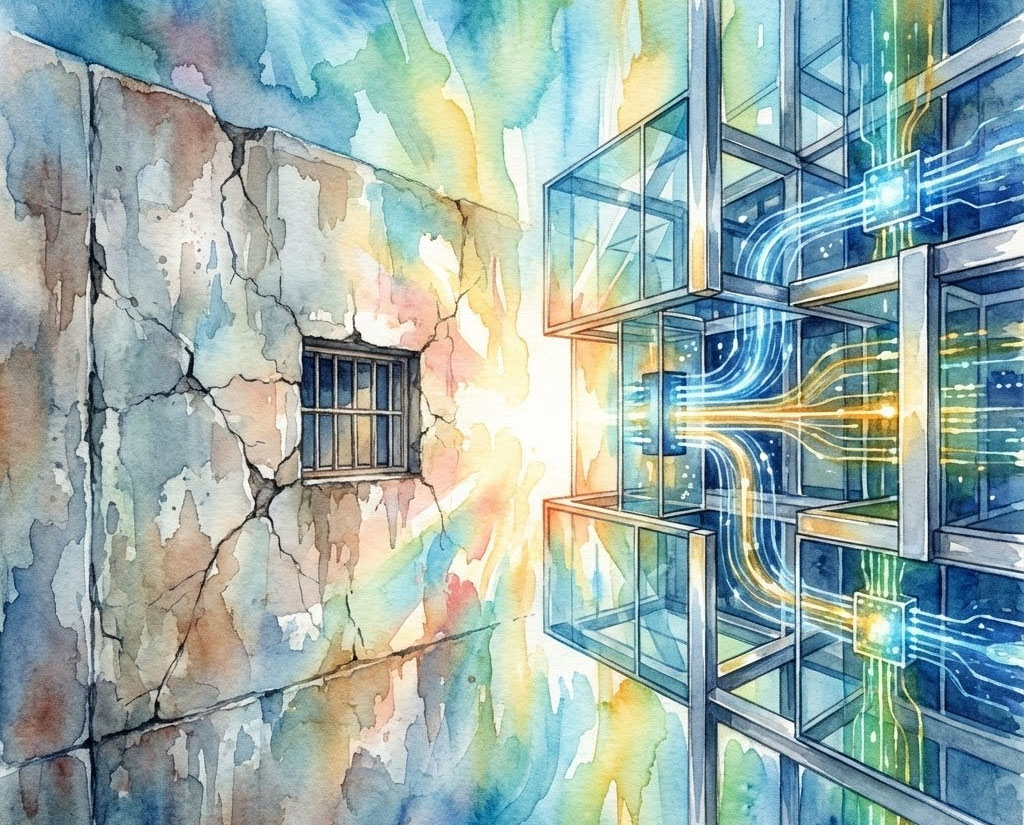
In the book The Psychology of Rumor, Gordon Allport describes the three stages of distortion which convert a long-form story into something digestible, sensational and viral:
Leveling, Sharpening, and Assimilation
Leveling
It could just as easily be called “polishing;" leveling is the process of eliminating the nuance by omitting critical details which make the story obtuse, complex, or even inconclusive.
Sharpening
Sharpening is taking the compelling and dramatic parts of a story and enhancing those elements. Exaggeration of impact, or even changing hard facts. Projection, bias, and bravado may be subtlely (or not-so) imparted by the writer. Unfortunately, this is the natural -- often unintentional -- process of storytellers observing what elements of a story catch attention, causing them storytellers to underscore (sharpen) these elements in the retelling. It works to fantastic effect around campfires, but can also result in belligerent misinformation in a more serious context.
Assimilation
Assimilation is the distortion of context. Good storytellers assimilate their story by enhancing relevance to the listener, which can tempt a writer to take an angle or frame the story in a way which violates the integrity of actual events.
Think about your favorite story. What is a popular myth about that you’ve cultivated about yourself or an event through retelling that story dozens or hundreds of times?
Can you recognize how you have done this to your original story over time?
Have you collaboratively distorted a story with a friend or spouse? You've probably been there: accounting an experience you shared, you began to omit some of the less exciting or convoluted parts to each other, dramatize the action a little -- maybe hoping to flatter someone involved. Then, finally, you begin to connect that story to some lasting effect; perhaps you frame the arc of the story along the lines of a deeply held personal or political belief, creating a real-life fable?
Once you start to realize how you have done this, you might also recognize these acts of distortion when committed by individuals or institutions. Recognizing these distortions is an essential skill in our new era of social media and the 24-hour cable news cycle. It is, after all, literally happening millions of times per second.
Sure, it's understandable to a certain degree that we naturally edit our stories for digestibility. Sometimes it's done with the clear intention that these adjustments will hold public attention long enough to address important issues. But more and more often, these distortions are not always so benign. Intentional or compulsive distortion is rampant, it's happening amongst public figures, respected reporters, and even scientists (John Oliver describes here.)
Now, this does not make science invalid by any means, but it does underscore the importance of critical thinking and fact-checking in a world saturated with so called “information." As it so happens, the Fast & Furious Fact-Check Challenge officially opened for submissions today, with the hope to provide the world with a near-instantaneous ability to fact-check a variety of media.
As prescribed in The Egg Code: always find at least two sources for all information before you sincerely believe it.








